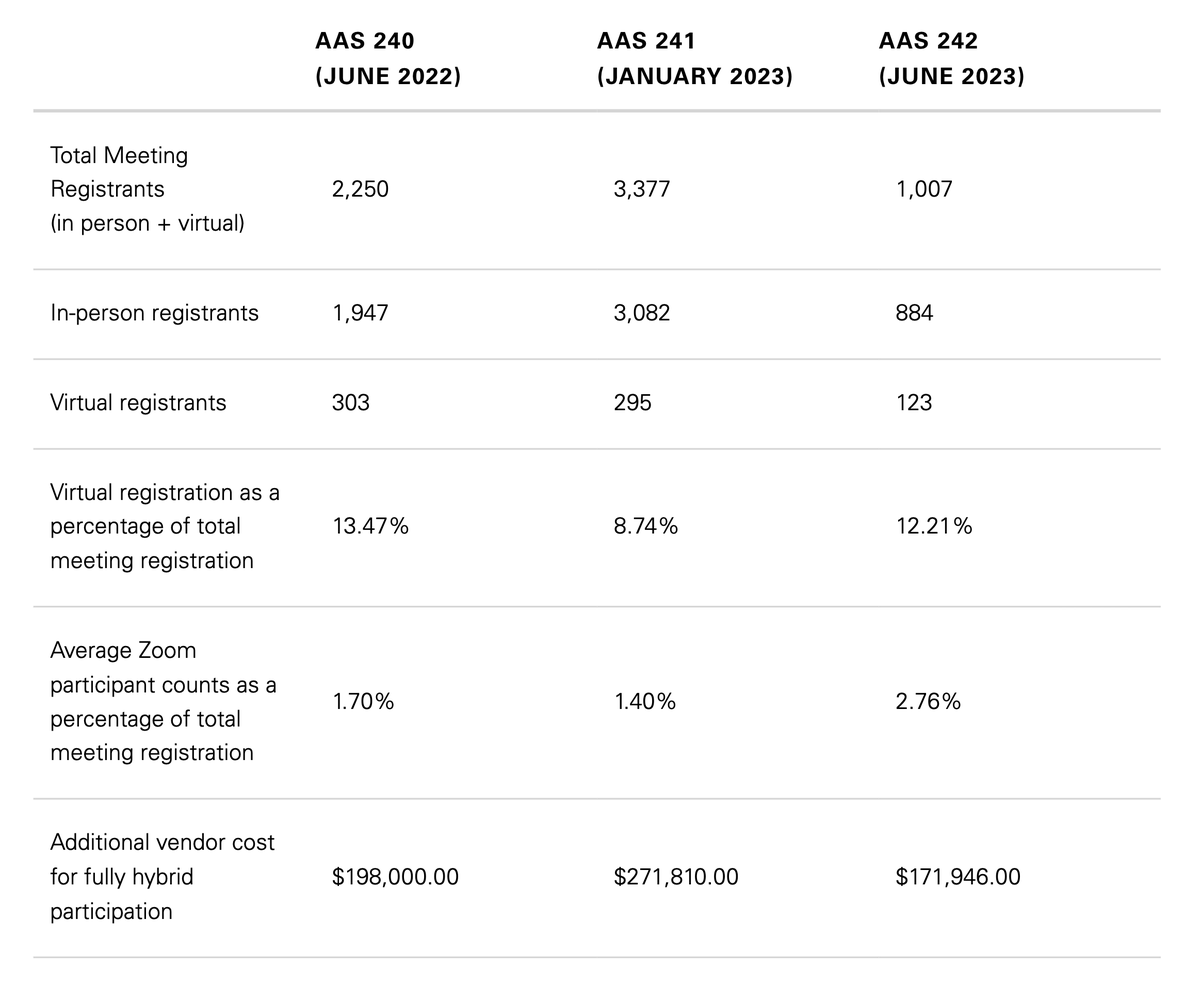Fun note from Eric Smith just now: The SAME driver who drove all of the JWST mirrors across the country drove the truck with fully assembled JWST onto the boat. Been with project a long time!
Salute to you, Driver. A critical part of the JWST team.
Salute to you, Driver. A critical part of the JWST team.

I mean, arguably one of the most critical. 🤷♂️
I mean, I'm kinda tearing up just thinking about it. Same driver got to send it on its last earthbound journey. 😢
Eric: NASA will be VERY active in comms during the transit to L2 and unfolding / commissioning phase. "Social media abhors a vacuum; if we're not providing information, *disinformation* will fill it".
Solar array deployment is most time-critical step. On battery power until then. Supplemental burn for course correction to correct L2 orbit is similarly time critical. MCC burn MUST happen on time. 1a, 1b burns are optional. The shorter they are, the better for science lifetime. 

Need and length of these burns depends on how accurately the Arianne 5 inserts JWST into orbit. Fingers crossed they won't be needed - that fuel can be used to extend the mission lifetime at L2.
Some surfaces are intentionally kept warmer for longer to prevent condensation from outgassing
"The first image we get from JWST will *not* be a 'beautiful one'". There are 18 segments that will need to be aligned / focused. Those activities happen late in cooling, at L+2 month point. 

By day ~118, you have a well-focused telescope. REMIND YOUR COMMUNITY that it will take some time to get that first "WOW" image from JWST. 

Margaret Meixner asks about comms plan before telescope is fully cooled/focused.
A: Project Science will have a blog during commissioning, with weekly updates.
The *real* First Light image won't be pretty. An out-of-focus astrometric field.
A: Project Science will have a blog during commissioning, with weekly updates.
The *real* First Light image won't be pretty. An out-of-focus astrometric field.
The "official" front-page @nytimes gorgeous First Light image from a focused telescope will come later.
• • •
Missing some Tweet in this thread? You can try to
force a refresh























